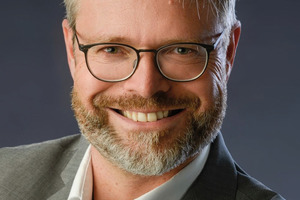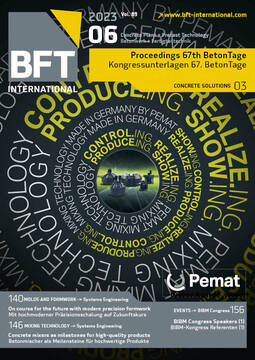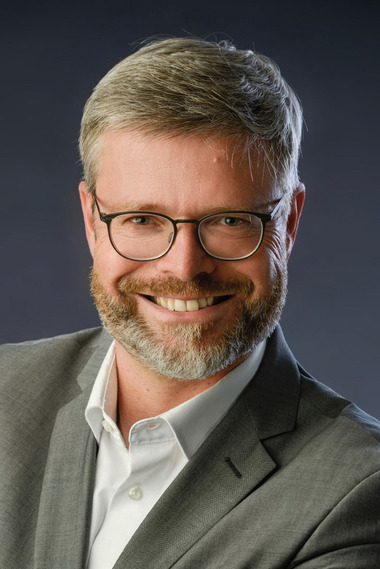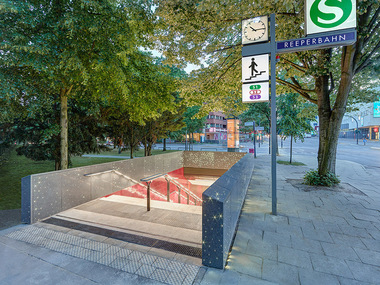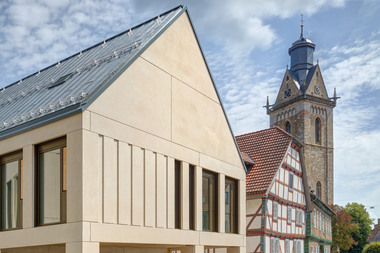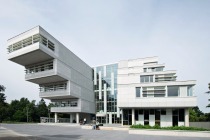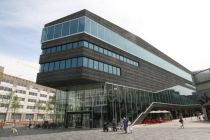Recycled constituents, PV panels and textile reinforcement – Implemented solutions for sustainable architectural concrete
Now that the pandemic is no longer making the headlines, the omnipresent effects of global warming have rightly been receiving much public attention over the last few months.
After several years of restraint, the construction industry in particular is now tackling the challenges of sustainable construction on a comprehensive scale because it generates a major share of global carbon emissions, 55% of Germany’s waste and an enormously high demand for mineral raw materials. At the same time, there is growing public and political pressure to ramp up construction in both the infrastructure and residential sectors.
The Hering group of companies based in Burbach, Germany, has been a pioneer in its efforts to implement sustainability practices in the construction industry for over 25 years.
The precast plant operated by its Hering Systeme subsidiary has specialized in architectural concrete products for about 20 years. Together with the Hering Architectural Concrete division, it is tackling the challenges and demands of the company’s sustain-ability efforts.
Based on these intentions, Hering decided more than 15 years ago to add the BetoShell textile-reinforced precast concrete panel range to its product portfolio – an innovative concept to the present day. With respect to using concrete in façade cladding, these panels were trend-setting and continue to be a cutting-edge solution in terms of their low resource consumption, low carbon emissions, and unlimited recyclability and reusability. In the meantime, various other options have been launched, such as large formats, the use of carbon and the integration of light control systems.
Precast reinforced concrete elements, which have increasingly been used as a high-quality curtain façade solution over the past decades, must now also face the challenge of changing demands. This is where Hering is once again playing a pioneering role in Germany. In 2019, for example, the company was commissioned with producing and installing the façade of the Korbach town hall building. This landmark project is exemplary with regard to the use of recycled concrete in an urban mining process. The precast trade press in particular has developed an ever-growing interest in the Korbach town hall building since its inauguration in May 2022.
In the meantime, another façade project was completed, which is currently being evaluated by RWTH Aachen University with regard to the effects of the use of recycled concrete.
This year, further projects are in the pipeline that envisage the use of recycled aggregates, including a building to be constructed with concrete sandwich walls, which will again be the first of its kind in the German market.
Another approach is to utilize the inherent properties of concrete, including its robustness, high load-bearing capacity and moldability, and combine them with new technologies in order to make aesthetically pleasing architectural concrete façades more sustainable and future-proof. For example, a research project is currently nearing completion that “develops an architecturally sophisticated curtain façade made of fair-faced concrete, which is equipped with small photovoltaic panels that are aligned so as to optimize solar yield”. A corresponding fully functional demonstrator was put into operation on a façade on Hering’s training campus in Burbach. In line with the company’s aspirations, this project used recycled concrete in the context of converting and renovating an existing building.

